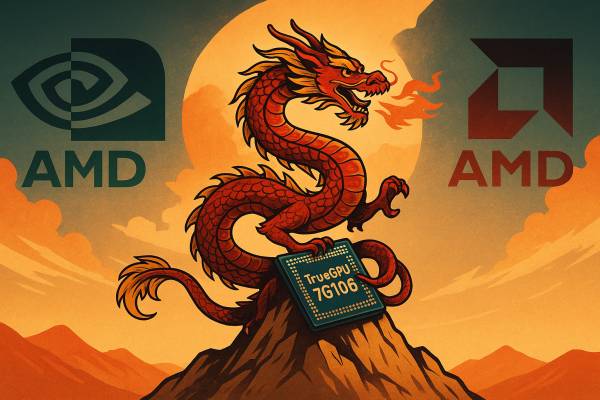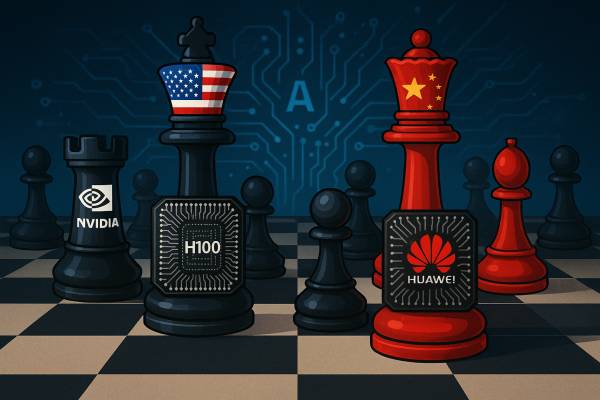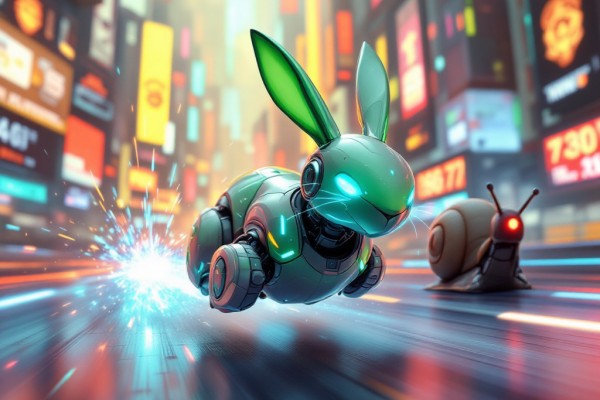Reports suggest that Apple's A20 chipset, anticipated to be manufactured using TSMC's advanced 2nm process, will feature Wafer-Level Multi-Chip Module (WMCM) packaging. This technological integration is expected to be exclusive to specific forthcoming Apple devices: the iPhone 18 Pro, iPhone 18 Pro Max, and the company's rumored foldable smartphone, which some sources refer to as the iPhone 18 Fold.
The adoption of WMCM packaging is projected to offer substantial advantages by enabling Apple to maintain a compact chipset footprint while allowing for greater flexibility in integrating various components. This method facilitates the consolidation of multiple dies, including the CPU, GPU, and memory, at the wafer level before individual chips are separated. Such an approach aims to yield smaller, more power-efficient, yet powerful chipsets, potentially leading to improved performance per watt.
Despite these advancements, it is also reported that the RAM capacity for A20-equipped iPhone models will remain at 12GB, consistent with current offerings. TSMC's production facility for WMCM chipsets is reportedly situated in Chiayi AP7, with an estimated monthly production capacity of 50,000 units by the close of 2026.
The current information does not specify whether less expensive iPhone 18 models will incorporate WMCM packaging or if Apple will continue to utilize older packaging technologies, such as Integrated Fan-Out (InFo), for these variants. Further details are expected to emerge in the fourth quarter of 2026, coinciding with the anticipated official release of the iPhone 18 series.

































